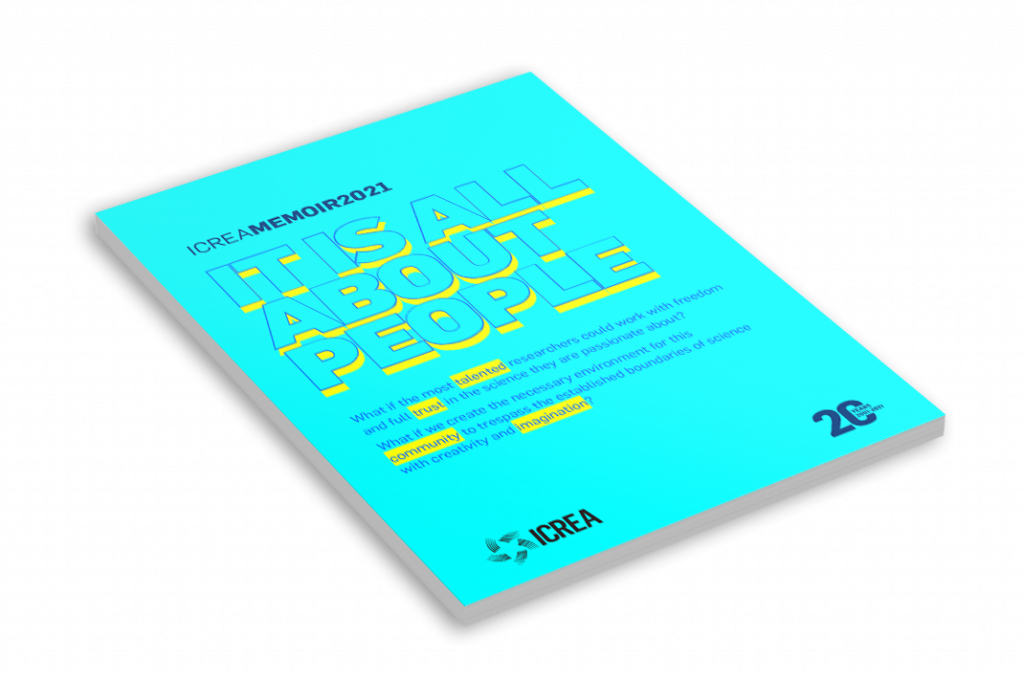The biological mechanisms that enable the DNA to be squeezed into a tight space in each human cell is matter of deep investigation. In this condensed state, the DNA, also known as chromatin, contains many loops that bring together different regions of the genome that would normally be far apart. The resulting physical proximity is important for transcribing DNA into RNA which then makes proteins, making chromatin looping a fundamental biological mechanism for human health and disease.
In this work we pictured individual loops of DNA. The images reveal how the human genome organises itself in three-dimensional space at much higher resolution than previously possible. Moreover, we found that DNA supercoiling, which is produced as a byproduct of transcription activity, generates a force that causes structural proteins known as cohesins to ‘surf’ across DNA strands and generate loops, finally morphing the overall shape of the genome.

